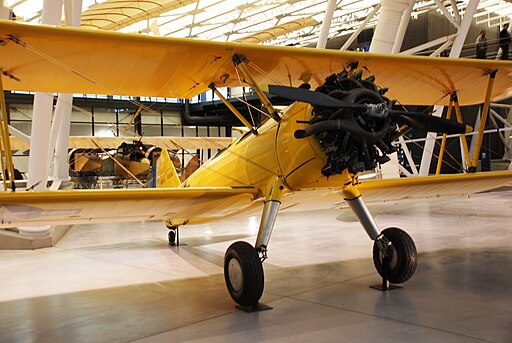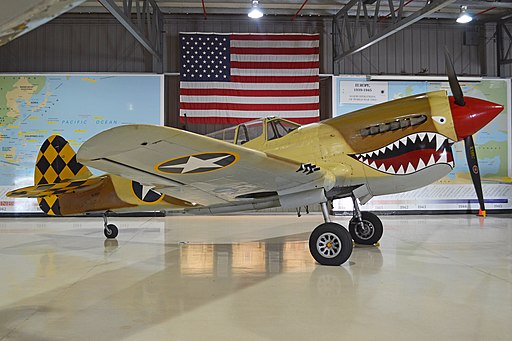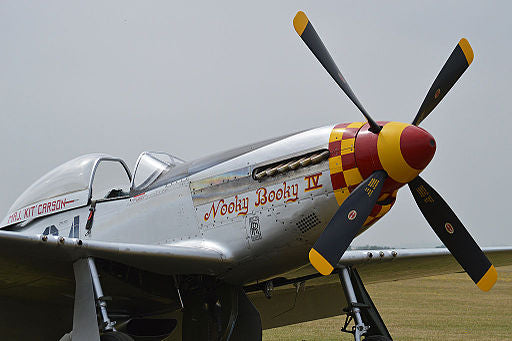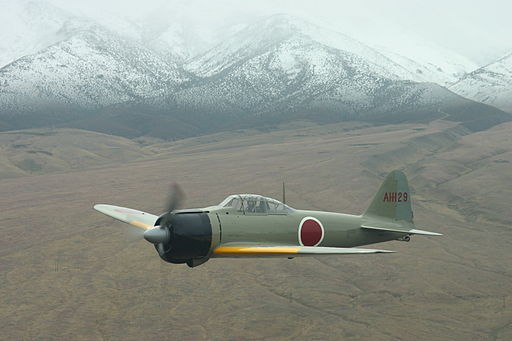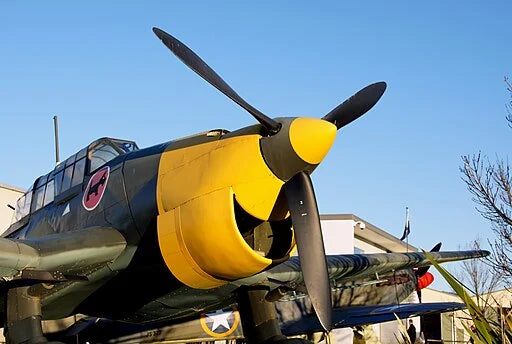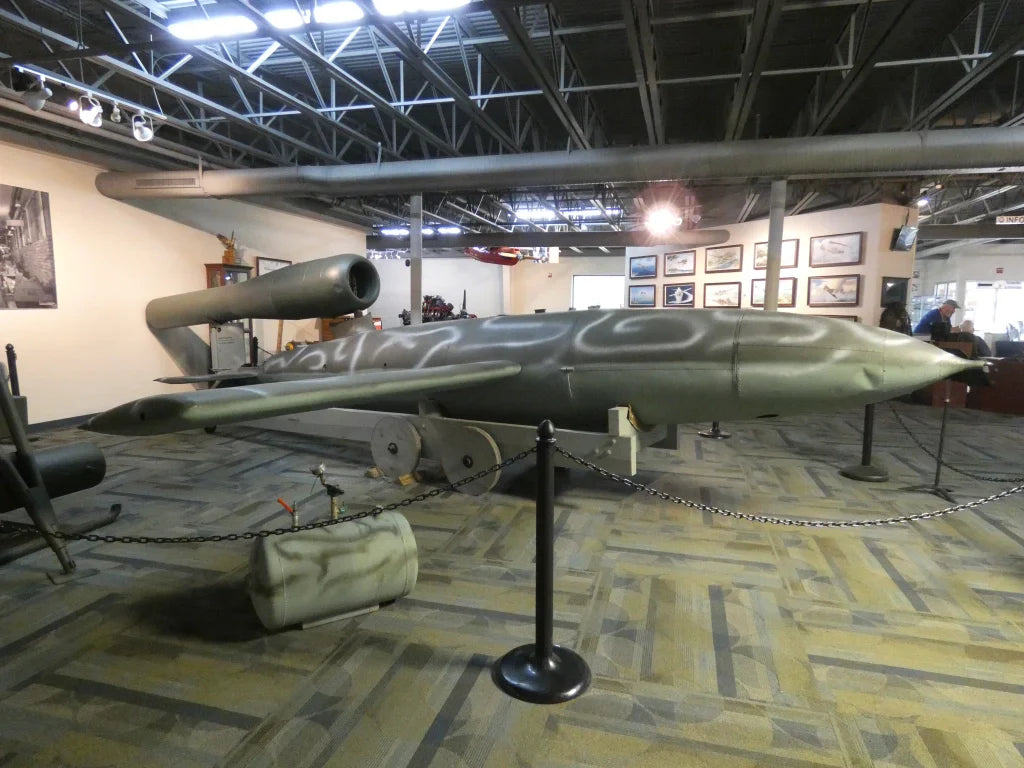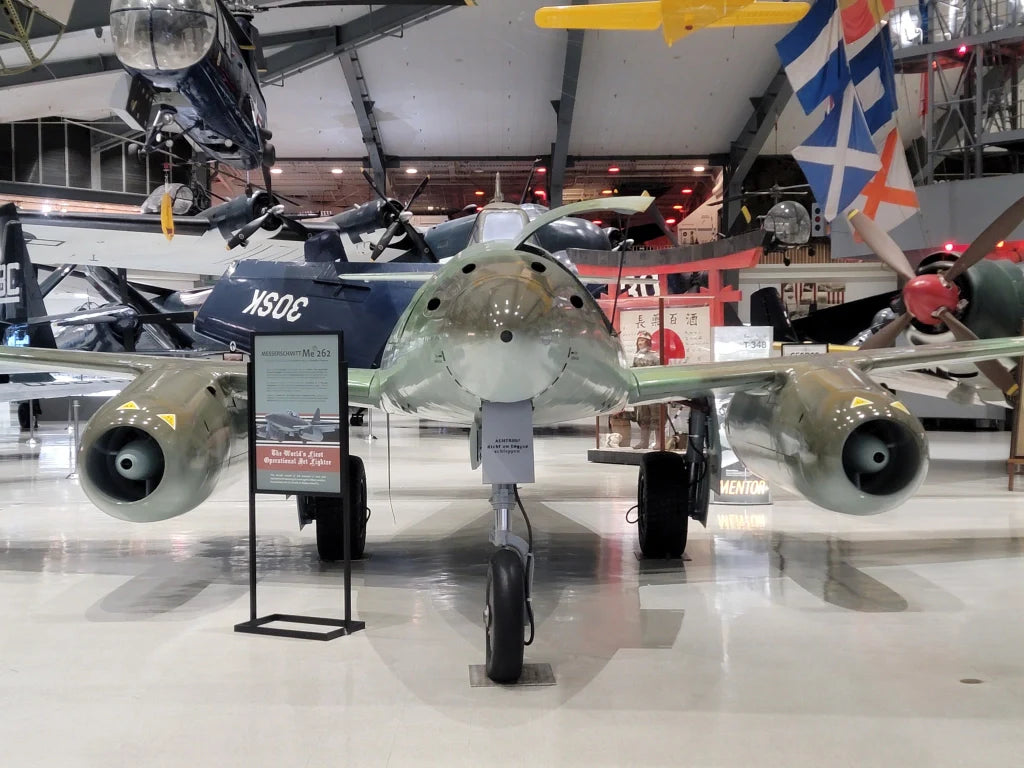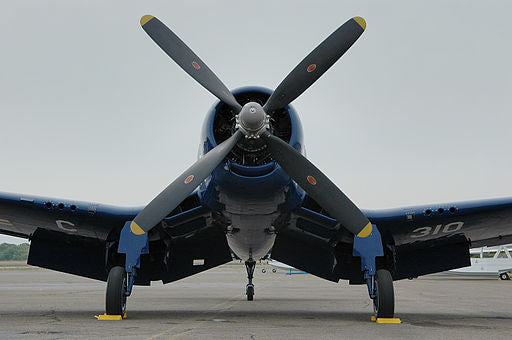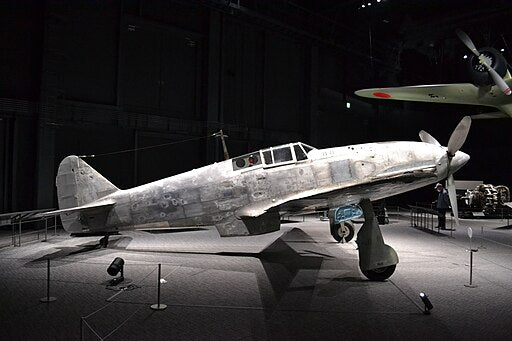The Stories Behind the Artwork
Aces In Action Journal
The Stearman Bi-plane: A Symbol of WWII Aviation
P-40 in the Desert: The Skyward Sentinel of North Africa
The Ten Deadliest Fighter Aircraft of World War II
The Dance of the Skies: Spitfire vs. Japanese Zero
Why Did the Stuka Scream? The Acoustic Terror of World War II
The Intriguing Disparity: Doodlebugs and V-2 Rockets
Was the Me 262 Superior to the P-51? A Deep Dive into Aerial Mastery
Did an F4U Corsair Shoot Down a MiG-15?
Why was the Ki-61 called the Tony?
The Allied forces assigned the code name “Tony” to the Kawasaki Ki-61, a Japanese fighter aircraft in World War II. This moniker carries an intriguing backstory, linked to both the distinctive design of the aircraft and the naming traditions employed by the Allied military.

